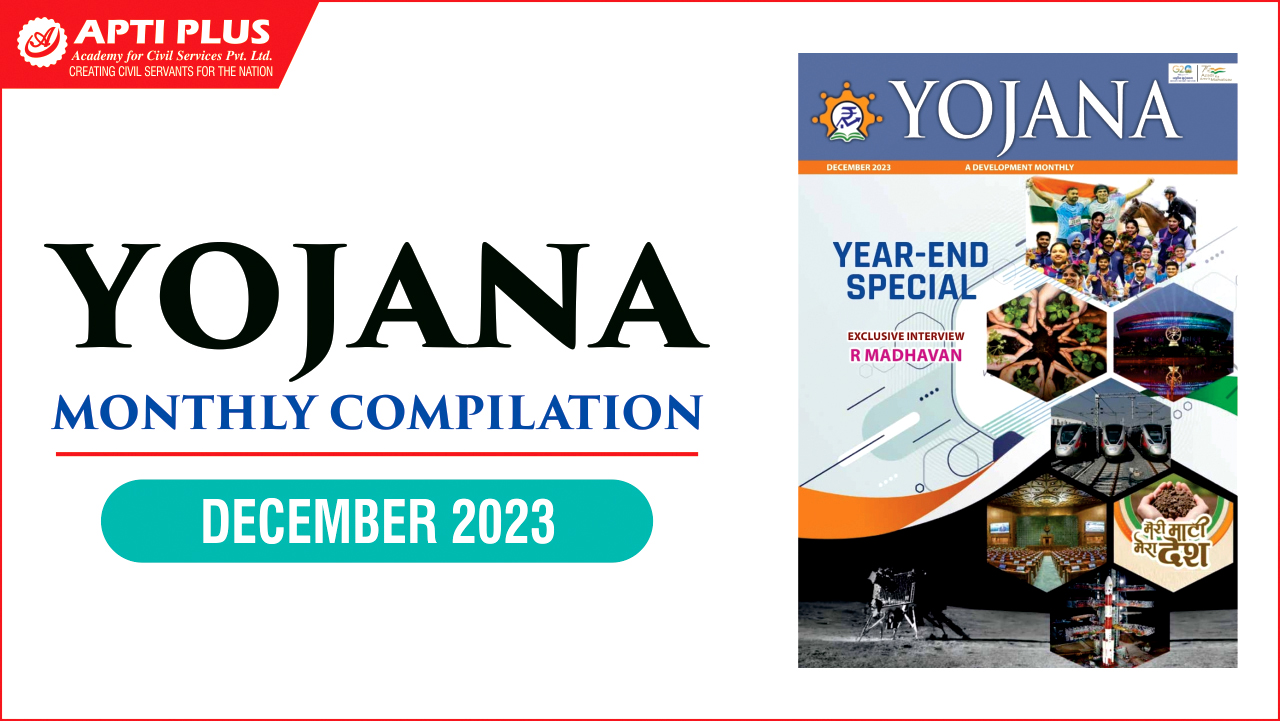Description
 Copyright infringement not intended
Copyright infringement not intended
Picture Courtesy: www.businesstoday.in
Context: The Semiconductor Design-Linked Incentive (DLI) scheme, falling significantly short of its target by approving only seven start-ups instead of 100, prompts a mid-term appraisal, providing policymakers with an opportunity to evaluate and reform the initiative.
Details
- The Semiconductor Design-Linked Incentive (DLI) Scheme, part of India's $10 billion Semicon India Program, has fallen short of its target, approving only seven start-ups instead of the planned 100 over five years. This calls for a mid-term appraisal to evaluate its effectiveness.
Challenges and Issues with the DLI Scheme
- Low Uptake and Barriers: While the DLI scheme focuses on providing design infrastructure and financial subsidies, there has been low participation. Barriers such as maintaining domestic status and limited foreign investment raise concerns. The scheme's impact on the semiconductor design ecosystem needs scrutiny.
- Capital Challenges for Start-ups: Semiconductor design start-ups face significant capital challenges, and the DLI scheme's relatively modest incentives may not offset the risks. The requirement to maintain ownership limits their access to crucial long-term funding, hindering their growth.
Recommendations for Policy Revision
- Delinking Ownership and Focus on Design Capabilities: The primary goal of the DLI scheme should be to cultivate semiconductor design capabilities in India. Delinking ownership from development and adopting start-up-friendly investment guidelines can enhance financial stability and global exposure.
- Broader Objective and Enhanced Financial Outlay: Revising the scheme to focus on facilitating design capabilities for a wide array of chips within the country is essential. The financial outlay must be substantially increased to support this policy shift and encourage a more comprehensive approach.
Reconsideration of Nodal Agency
- Conflict of Interest Concerns: The role of the Centre for Development of Advanced Computing as the nodal agency requires re-evaluation due to potential conflicts of interest, given its market player status in the chip design sector.
- Alternative Nodal Agency: Considering the Semiconductor Fabless Accelerator Lab (SFAL) model, the Karnataka government's SFAL, with its partnerships, could serve as a blueprint for a more suitable implementing agency for DLI. A revamped agency under the India Semiconductor Mission could provide broader support to affiliated start-ups.
Design-Linked Incentive (DLI) scheme
- The Design-Linked Incentive (DLI) scheme is a government initiative launched in 2021 by the Ministry of Electronics and Information Technology (MeitY) to propel India's domestic semiconductor design industry.
- It aims to offer both financial incentives and design infrastructure support across various stages of development and deployment of semiconductor designs for Integrated Circuits (ICs), Chipsets, System-on-Chips (SoCs), Systems and IP Cores, and semiconductor-linked designs over a period of 5 years.
Objectives
- Nurture and facilitate the growth of domestic companies, startups, and MSMEs: This involves empowering Indian players to compete in the global semiconductor market.
- Achieve significant indigenization in semiconductor content and IPs involved in the electronic products deployed in the country: This aims to reduce dependence on imported chips and promote self-reliance in critical technology.
- Strengthen and facilitate access to semiconductor design infrastructure for startups and MSMEs: This involves providing access to advanced tools and resources that may be otherwise out of reach for smaller companies.
Duration
- The scheme was initially for three years from 01-01-2022. However, in January 2024, the government extended the deadline for applications for the scheme until March 31, 2024.

DLI scheme has three main components
- Chip Design Infrastructure Support: C-DAC sets up the India Chip Centre to host state-of-the-art design infrastructure. This includes access to EDA Tools, IP Cores, and support for MPW (Multi Project Wafer fabrication) & and post-silicon validation.
- Product Design Linked Incentive: Approved applicants engaged in semiconductor design receive up to 50% reimbursement of eligible expenditure, with a ceiling of ₹15 Crore per application.
- Deployment Linked Incentive: Approved applicants whose designed chips are deployed in electronic products receive an incentive of 6% to 4% of net sales turnover over 5 years, with a ceiling of ₹30 Crore per application.
Impact and Potential
- Attracting new players and investments: Financial incentives and support can encourage companies to enter the Indian market.
- Boosting innovation and development: Increased resources can accelerate research and development in new chip designs.
- Creating high-skilled jobs: The scheme can foster job creation in fields like design engineering, manufacturing, and related services.
- Reducing dependence on imports: Increased domestic chip production can decrease reliance on foreign suppliers.
- Strengthening the overall electronics ecosystem: A thriving domestic chip design sector can benefit other industries reliant on electronic components.
Challenges
- Competition from established players: Overcoming the dominance of international chipmakers in the market can be difficult.
- Availability of skilled workforce: Building a sufficient pool of skilled personnel trained in advanced semiconductor design is crucial.
- Effective implementation: Streamlined application processes and efficient fund disbursement are essential for the scheme's success.
Way forward
- The DLI scheme has the potential to be a game-changer for the Indian semiconductor industry, but its long-term success will depend on effective implementation, overcoming existing challenges, and adapting to the evolving technology landscape. Continued government support and private sector collaboration are crucial for building a robust and competitive domestic chip design ecosystem.
Conclusion
- A recalibrated DLI scheme, focused on chip design and steered by a capable institution, should tolerate a certain failure rate. Treating beneficiary start-ups as exploratory vehicles can help establish India's foothold in the semiconductor sector. The emphasis should be on fostering a robust semiconductor design ecosystem.
Must Read Articles:
Semiconductor Industry: https://www.iasgyan.in/daily-current-affairs/semiconductor-industry
Semiconductors: https://www.iasgyan.in/daily-current-affairs/semiconductors-31
Design Linked Initiative: https://www.iasgyan.in/daily-current-affairs/design-linked-initiative#:~:text=Announced%20by%20MeitY%20in%20December,(SoCs)%20will%20be%20provided.
|
PRACTICE QUESTION
Q. How can India effectively address the skilled talent gap in the semiconductor industry, ensuring a pool of highly qualified engineers and technicians able to meet the demands of advanced chip design and manufacturing?
|
https://t.me/+hJqMV1O0se03Njk9




![]() Copyright infringement not intended
Copyright infringement not intended









